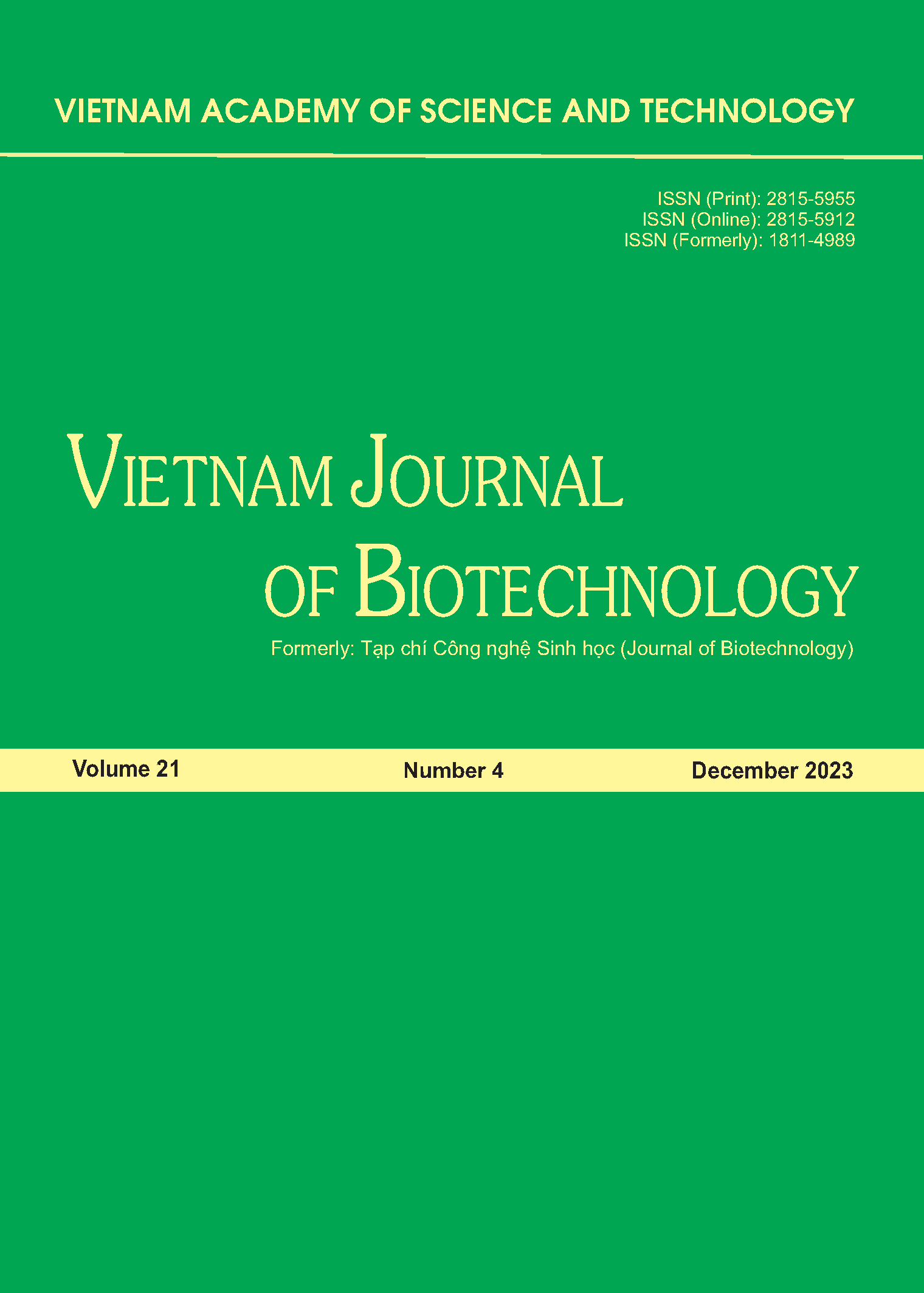Metagenomic characterization of archaeal and bacterial communities associated with coral, sediment, and seawater in a coral reef ecosystem of Phu Quoc island, Vietnam.
Author affiliations
DOI:
https://doi.org/10.15625/1811-4989/20283Abstract
Recent advancements in metagenomics, particularly in the studies of conservative 16S rRNA sequences, have significantly accelerated our understanding of the relationship between corals and their associated microbial communities. While bacteria are known to be closely linked with corals, there is limited understanding of the connections between archaea and corals. Unlike previous 16S rRNA studies conducted in similar tropical coral reef ecosystems, we analyzed both the archaeal and bacterial communities associated with Acropora sp. and Lobophyllia sp. corals, as well as the surrounding sediment and water columns in Phu Quoc Island, Kien Giang Province, Vietnam. The data collected were sequenced using the 16S rRNA sequencing method and further analyzed using bioinformatics tools in the R programming language, employing DADA2 and phyloseq pipelines. We examined the compositions and diversity of bacteria and archaea in coral, sediment, and water column samples to establish potential connections between these two domains. The results revealed that archaea constituted a small percentage of all samples, averaging 3.18% in coral mucus and reaching an average of 7.49% in sediment samples. Among the most abundant archaeal taxa were Crenarchaeota and Nanoarchaeota, alongside bacterial taxa Gammabacteria, Cyanobacteria, and Desulfobacteria, which are associated with important metabolic processes within coral hosts. Alpha and beta diversity analyses confirmed the highest archaeal diversity in sediment samples and the distinct existence of microbial communities in each biotope. These findings complement our knowledge of archaea’s presence and potential roles in the coral-associated microbiome.







